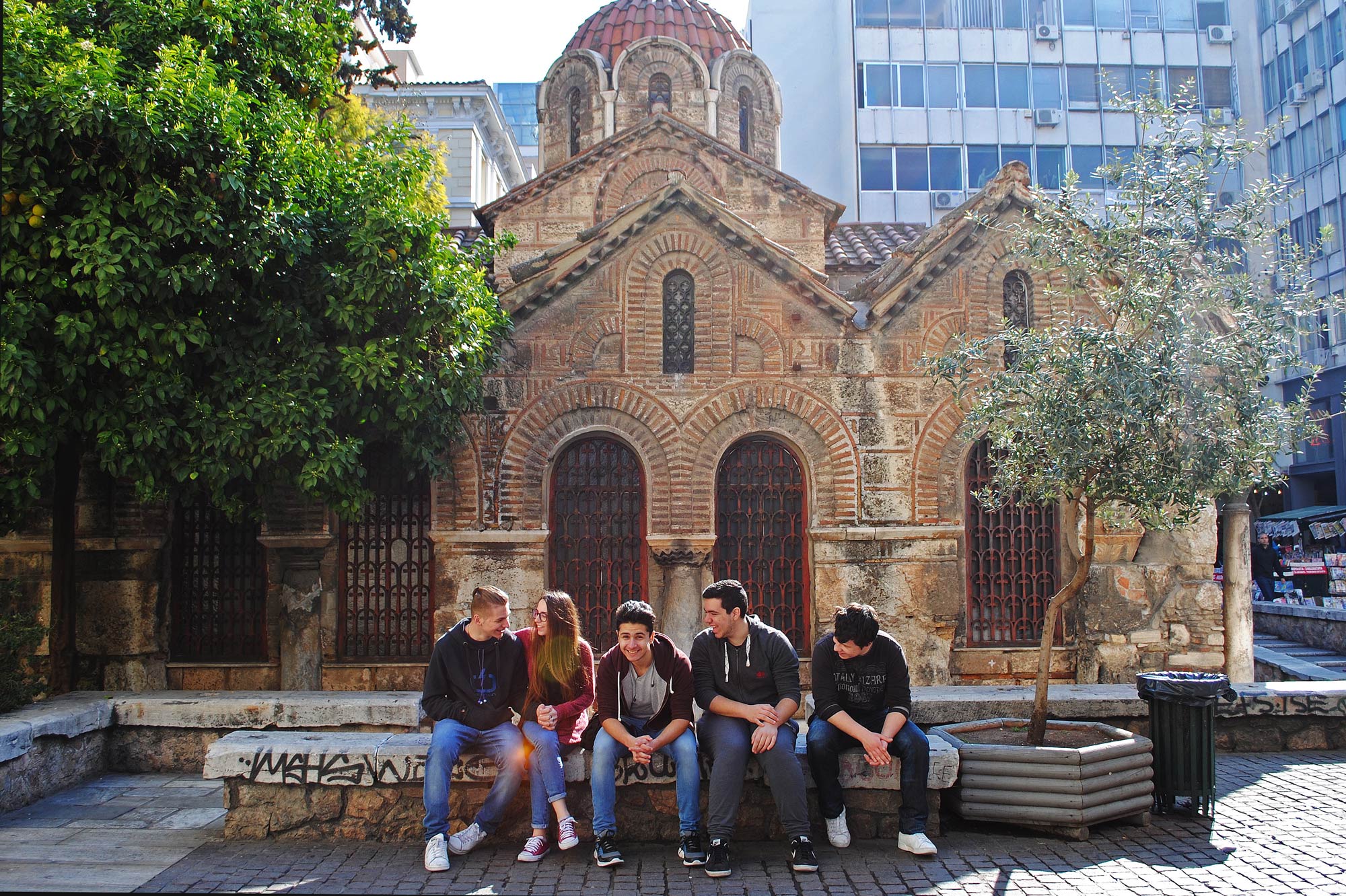As time goes on, more people are beginning to question the idea of attending services in a physical church. “Churchless Christianity” asserts that we do not need the Church, because it is Christ alone who saves us. In other words, all you need is Jesus (and your Bible). However, we do need the Church. And we need to participate in Her divine services as much as we possibly can.
Estimated reading time: 3 minutes
Reject the Church, deny the New Testament
Very few Christians would argue against the assertion that Christ is the One who saves. For He is the eternal Son of God who has assumed human flesh, and has done so “for us men and for our salvation” (Nicene Creed). Thus Saint Paul writes, “For there is one God and one Mediator between God and men, the Man Christ Jesus” (1Ti 2:5). But because this Mediator established the Church which is His body, we who are joined to Him are joined to His Church as well. If we love Christ, who is Head of the Church, yet at the same time reject His body, then we deny New Testament teaching.
Establishment of the Church in the New Testament
The first use of the word “church” (Gr. ecclesia) in the New Testament comes in the Gospel of Matthew. Our Lord gives His approval of Peter’s confession of faith and promises, “I will build My church” (Mt 16:18). Jesus Christ builds, and we cooperate with Him.
The Book of Acts amplifies what Jesus meant in Matthew 16. When Peter’s sermon on the Day of Pentecost concludes, those present ask for guidance toward salvation: “What shall we do?” (Acts 2:37). Following Peter’s word, they are baptized and join with the other believers, three thousand of them (Acts 2:38, 41).
Joined to Christ and His Church, these baptized believers begin living as the body of Christ. We find them looking after each other, using their personal resources for one another’s care, and continuing together in prayer and in the Eucharist (Acts 2:42–47). From this point on “the Lord added to the church daily those who were being saved” (Acts 2:47), and throughout Acts, we see the Church growing as the Gospel of Christ spreads.
What it means to be members of Christ
Paul’s instructions in his letters to the parishes throughout the eastern Mediterranean clearly show what it means to be the Church and to be in the Church. Nowhere in the New Testament is Paul’s teaching on this topic more fully disclosed than in Ephesians 4. He explains that the Church is:
- One, “endeavoring to keep the unity of the Spirit in the bond of peace” (4:3). There is one Church, one God, one doctrine, one baptism.
- People, men and women energized by the grace of the Holy Spirit (4:7). We do not all have the same gifts, but together we are equipped to do God’s will.
- The Head is Christ, “from whom the whole body [is] joined and knit together” (4:16).
- “The new man” (4:24), the new creation, made to be righteous and holy. We are no longer alienated from God (4:18); we are being renewed together (4:23), “members of one another” (4:25).
Conclusion
The Church, then, is that real physical place established by Christ where we each may become what we are created to be, maturing and being perfected, while the Church receives what it needs from each of us, so that it too is being perfected. The Church as the body of Christ carries us beyond our petty and worldly personal concerns. She stretches our vision to the eternal and heavenly, as we ascend together to worship the One True God.

